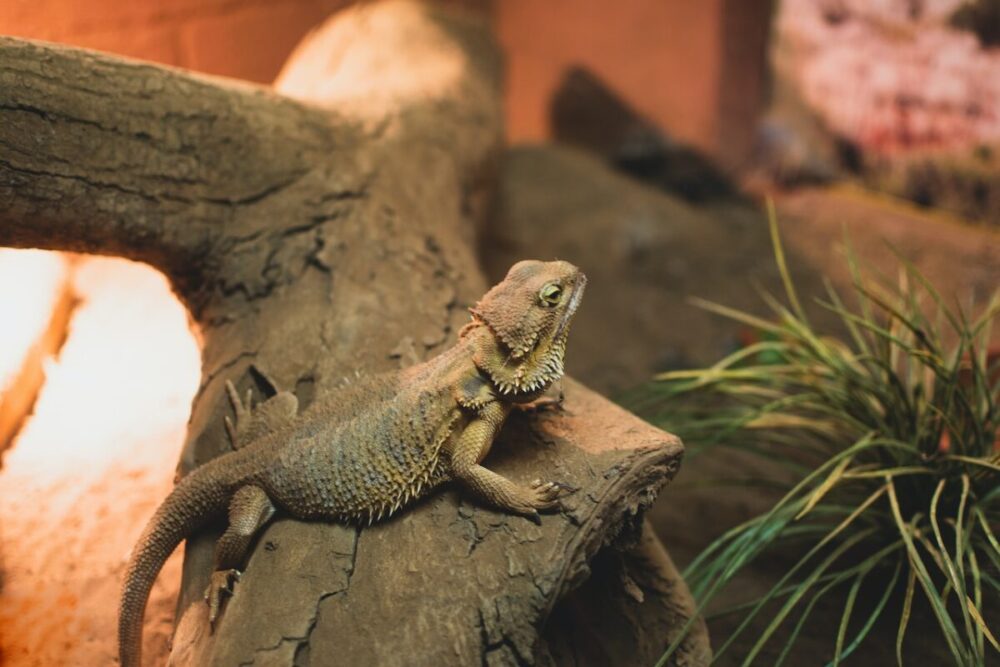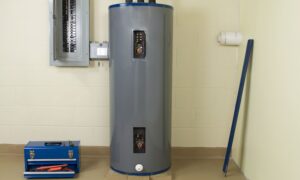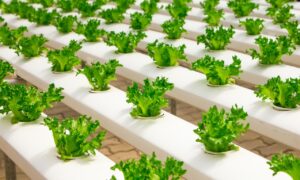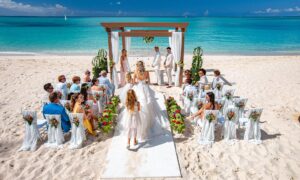Knowing how to set up a bearded dragon stay may seem daunting if you’re a first-time owner. Some dragon owners might require a clearer image of the components needed to build up a tank for a bearded dragon and where to begin.
Read on to learn more about the setup you’ll need for your tank of bearded dragons.
Enclosure
Considering that your bearded dragon will spend most of the day inside of it, the cage is quite significant. Yet, you cannot simply purchase any cage. Your pet will be safe and comfortable if you choose the proper enclosure!
You should give your pet a tank with enough floor space because bearded dragons are land dwellers and like exploring. Given that a beardie’s length, including its tail, can reach 2 feet at maturity, the cage should permit free and simple mobility.
An adult bearded dragon should have a tank of at least 50 or 60 gallons, but you’ll need a significantly bigger one if you have multiple dragons.
Glass enclosures for bearded dragons are the most common. Although glass doesn’t offer as much insulation as acrylic or wood, it does let you view your pet plainly and keep an eye on the cage’s cleanliness.
You can reach your pet more readily if the enclosure has a front opening. This sort of cage, made of glass or acrylic with a screen, offers better insulation than a conventional glass terrarium.
But if you are searching for one that is already ready, check out the 120-gallon terrarium, where you will find terrariums designed with sophisticated UV illumination, temperature controls, etc., perfect for your beardie.
Lights And Heating Elements
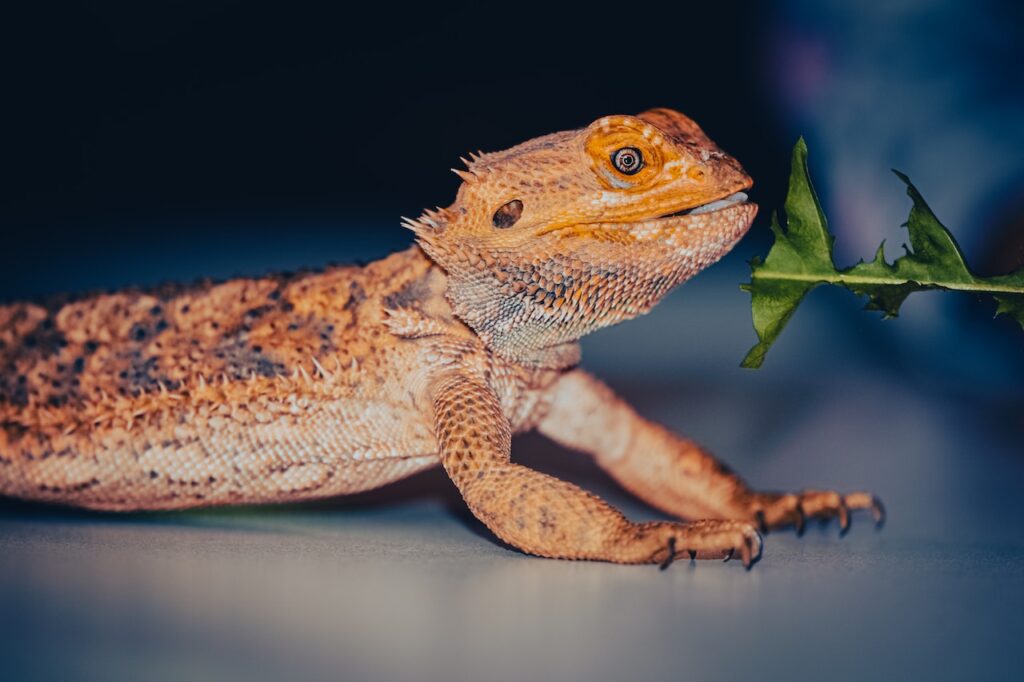
Source: pexels.com
Your bearded dragon, a native of the desert and a cold-blooded species, needs enough heat to stay healthy. These reptiles accomplish this in the wild by locating a secure location to soak in the harsh desert heat.
This natural sensation can be duplicated by placing a perch beneath a basking bulb that emits the right amount of radiant heat. If you have adequate room, setting up numerous perches will let your bearded dragon choose the level of intensity that he feels most comfortable with.
Full-spectrum light is also necessary for your bearded dragon to manufacture calcium effectively. Reptiles can thrive when exposed to UVA and UVB light from bulbs explicitly made for them.
The size of the tank should be taken into consideration while selecting the proper heating and lighting fixtures. Moreover, confirm that each bulb type is housed in a fixture made explicitly for that type.
Lastly, keep in mind that placing glass between the bulbs and the animal will reduce their effectiveness.
Temperature and Humidity
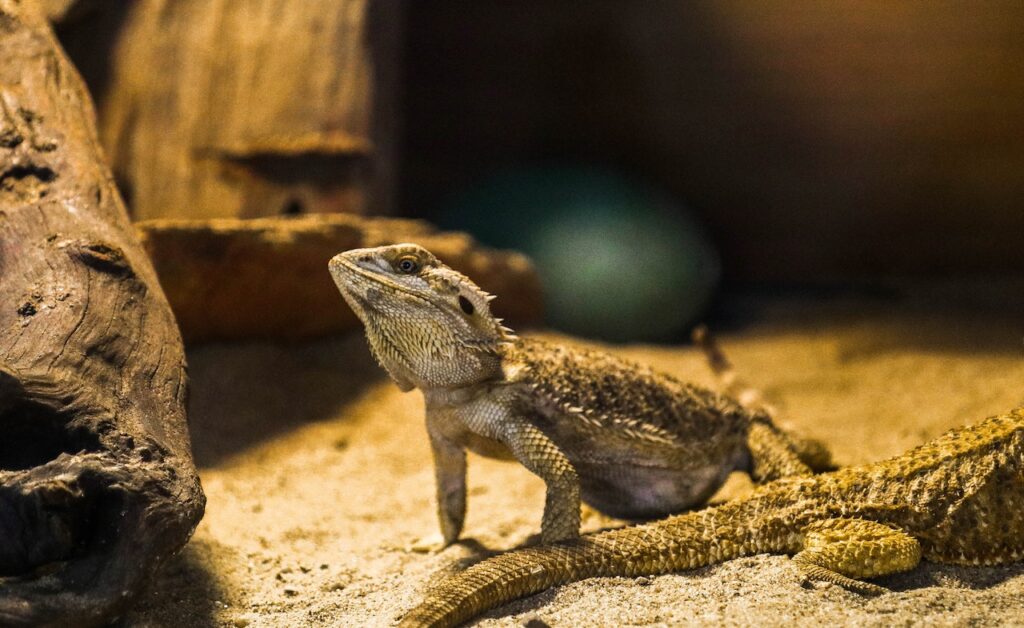
Source: pexels.com
These are a few items you’ll need to keep your dragon’s environment pleasant and healthy, including the right amount of light, and humidity:
Make sure your dragon receives 12 hours each day of UVB radiation, whether you purchase a self-ballasted UVB lamp or another type.
Every dragon needs a place to rest; during the day, this place should be between 95 and 110 degrees Fahrenheit. For your dragon to be able to adjust body temperature as necessary, other areas of the tank should be more relaxed. The entire tank should be between 65 and 75 degrees Fahrenheit at night.
Since it resembles the humidity levels in their native habitat, bearded dragons prefer environments with humidity levels between 35 and 40%.
This is simple to accomplish by providing proper ventilation, such as your glass tank screen lid, positioning the water dish away from the basking area, and avoiding over-misting the dragon’s tank.
A Good Substrate
A bearded dragon’s habitat depends heavily on the substrate. Choosing the incorrect type for their setup can cause them discomfort and even health problems!
Bearded dragons live among various substrates in their native environment, including sand, soil, rock, and wood. Yet, in captivity, a sand substrate can quickly result in impaction, a sort of intestinal blockage. Every bearded lizard can experience this, but young lizards are more likely.
If you insist on adding sand to make an enclosure that seems more natural, wait until your bearded dragon is an adult and has grown to its full size.
A dedicated reptile cage carpet or even newspaper is a preferable option. Newspaper is undoubtedly the least expensive alternative, but it must be changed daily.
Water And Food Bowls
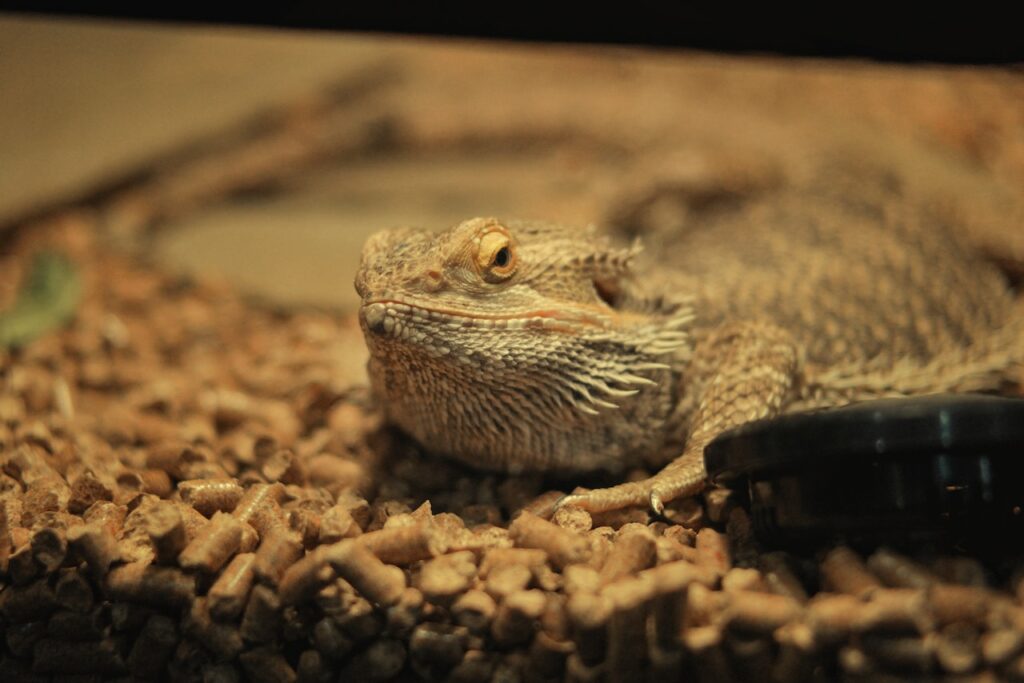
Source: pexels.com
Although it is well known that young bearded dragons enjoy pursuing crickets or other insects, adults typically learn to eat a larger variety of diets. Fruits, veggies, and dry foods are all exceptionally bowl-friendly, so if you want to feed them a balanced diet, make sure their habitat has a food bowl.
Ensure the feeding bowl is substantial enough to support your bearded dragon’s weight without tipping over. Make sure the bowl is shallow enough for your younger bearded dragon to look into it and reach for the food inside if you have one.
In terms of the water bowl, you’ll want to ensure it is shallow so that your bearded dragon cannot inadvertently drown when entering it. However, going too shallow will quickly become annoying because you’ll need to refill it.
Finally, keep food and water bowls away from basking lamps to avoid food spoiling and excessive water warming.
Decor
Here are a few things to add to your bearded dragon tank setup, regardless of your preferences for style or theme.
Plants
Live or artificial plants are a popular way to decorate the terrarium among dragon keepers.
Hammock
Hammocks are a favorite place for bearded dragons to relax and hang out. Your bearded dragon will like it if you place one in the corner of the tank across from the heating lamp.
Log or rock
A sizable area for resting is required for your bearded dragon underneath the heating lamp. The best object for this is a log or rock.
Frequently asked questions
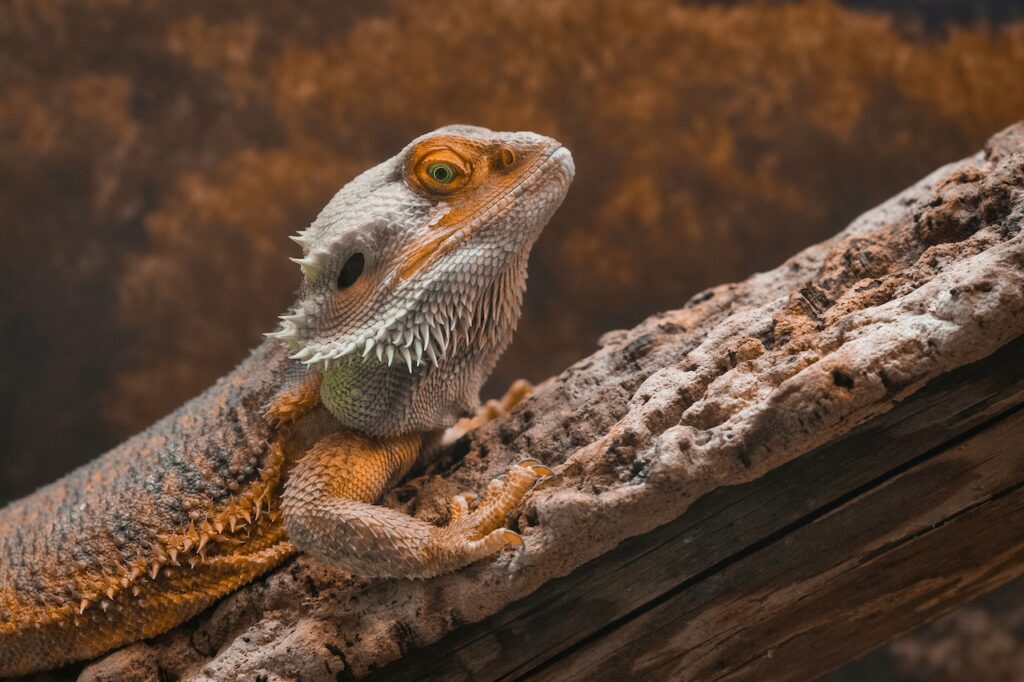
Source: pexels.com
Do bearded dragons show love?
Bearded dragons are known to exhibit affectionate behaviors towards their humans, despite not overly gushing and certainly not as sentimental as dogs, cats, and other mammals.
Should I give the bearded dragon a bath?
For many reasons, giving your bearded dragon a bath is crucial. One of the biggest ones is dehydration. Many beardies prefer to gulp up their bathwater rather than drink from bowls. Of course, baths are essential for maintaining hygiene.
How long can a bearded dragon go without eating?
Don’t worry if your bearded dragon stops eating. A fully grown dragon can go without food from three weeks to two months, depending on age, health, and weight.
What not to feed a bearded dragon?
Avoid veggies like romaine, spinach, and broccoli because eating too much can be dangerous or have little nutritional value.
Bottomline
With the proper care, healthy bearded dragons can live up to ten years. Your bearded dragon’s ability to live long and healthy lives depends significantly on the terrarium. Knowing the fundamentals of setting up the ideal bearded dragon tank can give your reptile a place to live and develop.
Additionally, if you have many pets, we encourage you to get pet insurance that can save you time and money. However, this particular task can be challenging if you have never encountered one. So to keep yourself informed, check out this piece on some valuable tips and tricks to choosing the right pet insurance prepared by us.

